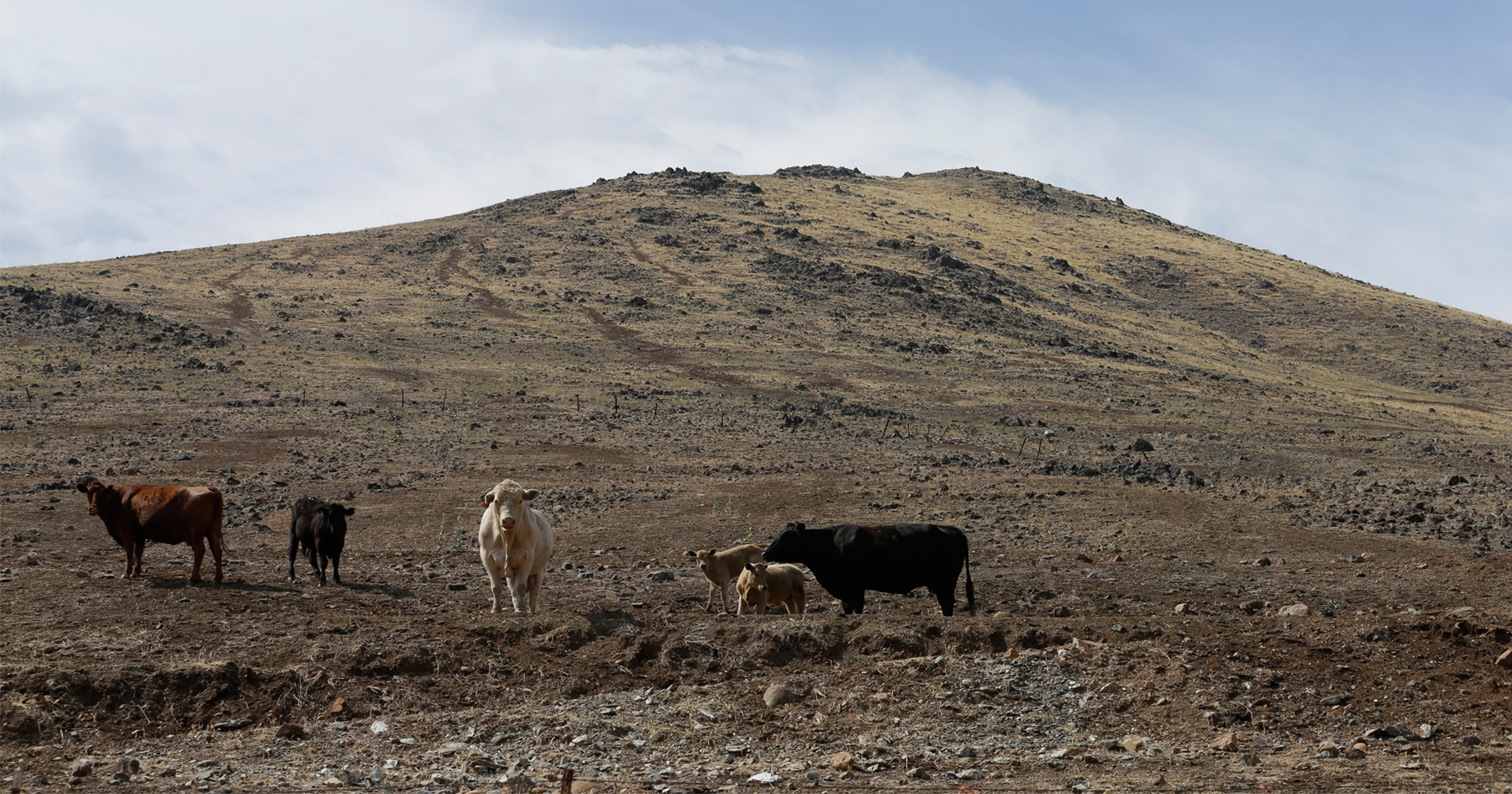The Certainty of a Warming Planet and Why Numbers Matter
By:
What’s in a number? When it comes to climate change, a lot.
 Flickr/Viktor Nagornyy - flickr.com
Flickr/Viktor Nagornyy - flickr.com
Virtually all climate science studies show that the climate is warming due to the burning of fossil fuels, and doing so at an alarming rate. The IPCC (Intergovernmental Panel on Climate Change) shows that humans are putting too much carbon dioxide into the atmosphere, and according to a study by climate scientist James Hansen, 350 parts per million (ppm) is estimated to be the level of carbon in the atmosphere that is sustainable for human life. Finally, data from NOAA (the National Oceanic & Atmospheric Administration) shows that we’ve far surpassed that level — and are going to keep going in the wrong direction for a while.
March 2015 was the first time that scientists saw atmospheric carbon dioxide levels remain at over 400 ppm for more than a month. Then in September the levels stayed above that point, usually the time when CO2 is at its lowest. If this trend continues we are unlikely to ever see levels below 350 ppm again in our lifetimes. But what does this concentration really mean? ATTN: spoke to experts in the field of climate change to find out.
Peter Huybers, a professor of earth and planetary sciences and co-director of the Harvard University Center for the Environment, explained why that 400 number has gotten so much attention.
“The 400 ppm threshold — there’s a certain simplicity associated with round numbers and so they call attention. Like 2 degrees Celsius [the estimated "safe" level of global temperature rise, according to the Intergovernmental Panel on Climate Change],” Huybers explained. “All of these things are gradations in terms of risk and damages.”
 AP/Brennan Linsley - apimages.comReducing the atmosphere’s carbon concentration won’t be easy.
AP/Brennan Linsley - apimages.comReducing the atmosphere’s carbon concentration won’t be easy.
One of the most challenging parts of the fight against climate change is how long carbon stays in the atmosphere before being absorbed into the ocean. Whereas methane (a more potent greenhouse gas) stays in the atmosphere for about 10 years, carbon has a much longer “life cycle,” and can stay in the atmosphere for thousands of years.
“Most people do not realize… that if emissions are constant, CO2 will continue to increase at a constant rate,” Pieter Tans, lead researcher at NOAA, told ATTN. “Emissions may have slimmed down over the last few years, but they slimmed down at a rate that has never been as high [compared to previous levels of carbon emission].”
Even if we start emitting less, the concentration of carbon in the atmosphere can keep increasing. The decisions we have already made will continue to affect the Earth for centuries, with the climate getting warmer even if we were to shut off carbon emissions tomorrow. And according to Huybers, that would be “impossible.”
“The energy infrastructure that we’ve built has a 50 year time scale built into it. So the notion that we could de-carbonize - there would still be many, many decades before that could happen,” Huybers said.
So how much warming can we expect?
“We are projected to reach 900 ppm of CO2 in the atmosphere,” Huybers said. “We’re looking at 4 degrees Celsius warming by 2100.”
It could be even worse, but probably not any better. Predictions range anywhere from 2 degrees Celsius to 7 degrees Celsius, according to Tans. Scientific models unfortunately can’t account for the enormous amount of variability in climate systems, not least because the planet’s temperature is affected by complicated feedback loops. For instance, when the Arctic melts, it will increase the amount of dark surface on the planet, thereby increasing heat attraction, which increases warming. The Arctic also contains a large layer of permafrost — permanently frozen ground — which will release carbon and methane into the air when it warms.
 AP/Gregory Bull - apimages.com
AP/Gregory Bull - apimages.com
While we know little about what the Earth will look like in 100 years, the further past 350 ppm we go the more “we go into further uncharted waters,” according to Huybers.
Let’s put it in relative terms. Before the Industrial Revolution, geologic records show carbon levels were at 280 ppm. In the middle of the Ice Age, levels were at 180 ppm. The difference between those climates was huge, and the contrast is expected to be even more extreme in this latest wave of warming.
“Four hundred parts per million — the last time the earth had something like this was millions of years ago. There is no analog that is remotely intuitive,” Huybers said. “There are computer models that can tell us some things… but they don’t get at human health and human society in a way that is nearly complete.”
Sea level rise and extreme weather are some of the most certain outcomes, Tans explained.
“We’re going to see climate change effects mostly in terms of extreme events that are not so extreme anymore — say, 20 years from now,” Tans said. “We saw this during [Hurricane] Sandy. The water in some places in the Long Island Sound went as high as 12 feet. If it had gone one foot higher the damage would have been multiplied.”
The effect on food could be huge.
Extreme drought and rainfall have drastic effects on crops and livestock, but it’s not just terrestrial food sources that will suffer. It is estimated that approximately 1 billion people worldwide — mostly in the global South — get their protein from fish living in coral reefs, many of which will be lost due to ocean acidification. In 2016, the Great Barrier Reef off the coast of Australian experienced record bleaching effects, a phenomenon that occurs when the reef structures expel life forms because the water has become too acidic. Scientists say climate change strongly increased the likelihood of this happening.
 BigStock/dzain - bigstockphoto.com
BigStock/dzain - bigstockphoto.com
The social effects are also likely to be extreme, too.
“Though climate change impacts all of us, it is the low-income communities and communities of color who have done the least to contribute to the crisis that are bearing the brunt,” said Lindsay Meiman, U.S. communications coordinator for 350.org, a global organization which leads grassroots action around climate change.
What can be done? Unfortunately, chances for real action on climate change on the federal level look grim, as President Donald Trump has appointed a climate change denier to lead the EPA transition. Trump will also reportedly gut NASA's climate change research, a vital resource in the effort to understand humanity's impact on the atmosphere. But much of the current progress in addressing climate change is actually taking place on the state and local levels, and through private sector and civil society initiatives.
“With people like Trump in office, there is a glaring responsibility for our institutions — from universities and pension funds, to faith-based groups and health organizations and more — to do everything in their power to divest and break free from the rogue fossil fuel industry,” Meiman said. With so much at stake, there is a clear incentive for all citizens to drive less, get politically involved, and educate others. The world depends on it.
